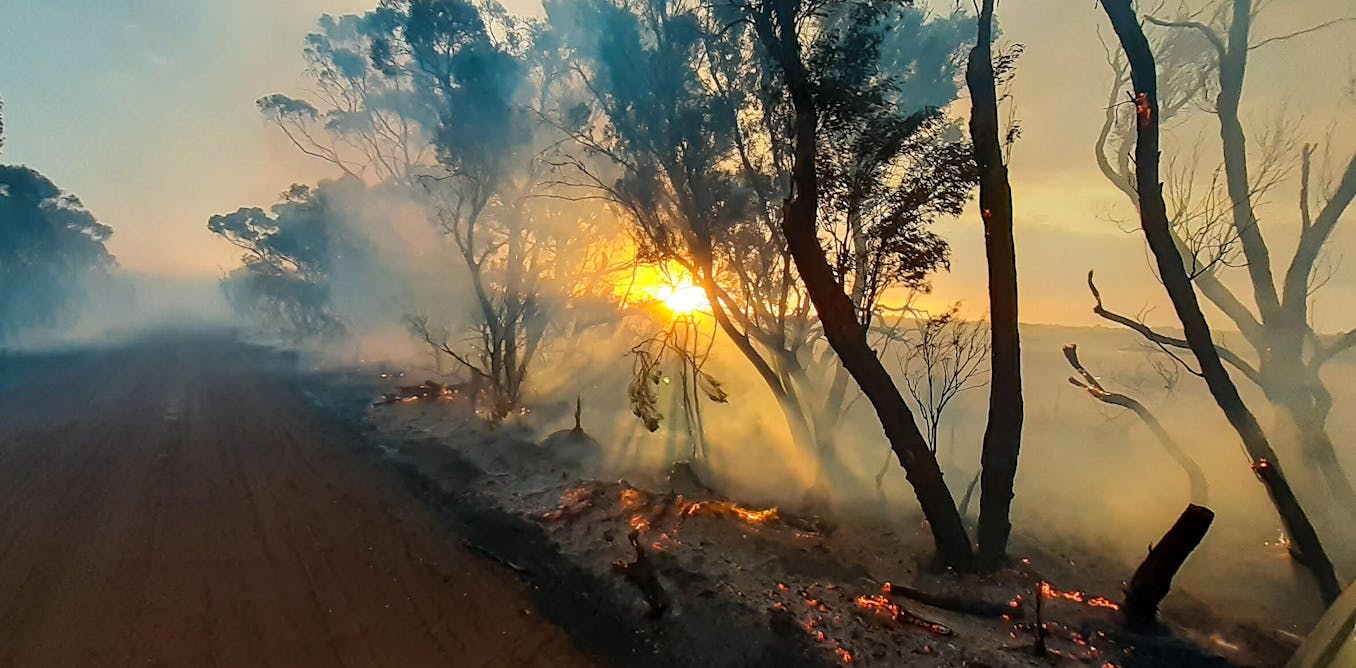Protecting Your Home: The Vital Function of a BAL Report in Bushfire Preparedness
Protecting Your Home: The Vital Function of a BAL Report in Bushfire Preparedness
Blog Article
Exactly How BAL Record Impacts Bush Fire Defense Steps
In the world of bush fire defense, the Building Assault Degree (BAL) report stands as an essential tool that substantially affects the safety and strength of homes in fire-prone locations - BAL Report. The impact of a BAL evaluation expands much beyond simple documentation; it acts as the foundation for determining the proper construction standards and fire security measures required to minimize the dangers posed by bushfires. As areas grapple with increasingly serious fire periods, recognizing just how the BAL record forms these safety steps ends up being extremely important for building contractors, policymakers, and home owners alike
Recognizing the Bushfire Strike Degree
Significance of BAL Report Evaluation

Furthermore, the BAL report assessment works as a fundamental step in adhering to legal commitments and demands associated to bushfire security. Local councils and authorities typically mandate the submission of a BAL record as component of the planning and building approval process to make sure that properties are sufficiently guarded versus bushfire threats. Falling short to perform Learn More Here a thorough BAL record assessment can cause poor defense actions, leaving buildings at risk to ravaging bushfire events.
Building And Construction Standards Based Upon BAL
A thorough understanding of the Bushfire Strike Degree (BAL) makes it possible for building proprietors to apply building and construction requirements customized to their certain danger profile. Building requirements based on BAL are vital in minimizing the impact of bushfires on properties. The BAL rating classifies the possible danger a building encounters throughout a bushfire on a range from BAL-Low to BAL-FZ (Fire Area)
Applying Fire Protection Steps
With the foundation of building criteria based on Bushfire Strike Degree (BAL) in area, the emphasis currently changes in the direction of the sensible implementation of fire defense measures to fortify residential or commercial properties against bushfire dangers. Easy actions consist of using fire-resistant building products, setting up coal guards on vents, securing gaps in walls and roofings, and keeping a clear room around the property complimentary from flammable plant life. By integrating both passive and energetic methods, residential or commercial properties can considerably reduce their susceptability to bushfire occurrences and enhance the safety of owners.
Shielding Houses Against Bushfires
Effectively safeguarding homes against the destructive impacts of bushfires calls for a comprehensive and aggressive approach to fire protection steps. Furthermore, securing vents and gaps to prevent ember breach, as well as incorporating fire-resistant doors and windows, can aid fortify the home's defense against bushfires. By accepting a positive stance and integrating these protective steps, house owners can significantly enhance their chances of securing their homes against bushfires.
Final Thought
In conclusion, the Bushfire Assault Degree (BAL) record plays an essential function in identifying the essential defense steps versus bushfires. By examining the BAL, construction criteria can be tailored to minimize the dangers and ensure the security of homes in fire-prone areas. Implementing fire security measures based upon the BAL report is essential in safeguarding homes from potential bushfire threats. It is essential for homeowners to focus on BAL evaluations and abide by suggested building and construction criteria to enhance bushfire resilience.
In analyzing bushfire threat to homes, comprehending the Bushfire Attack Level (BAL) is an important component for carrying out site reliable security actions. Overall, a clear understanding of the Bushfire Assault Level is important for applying appropriate defense actions and minimizing the impact of bushfires on buildings.

Report this page